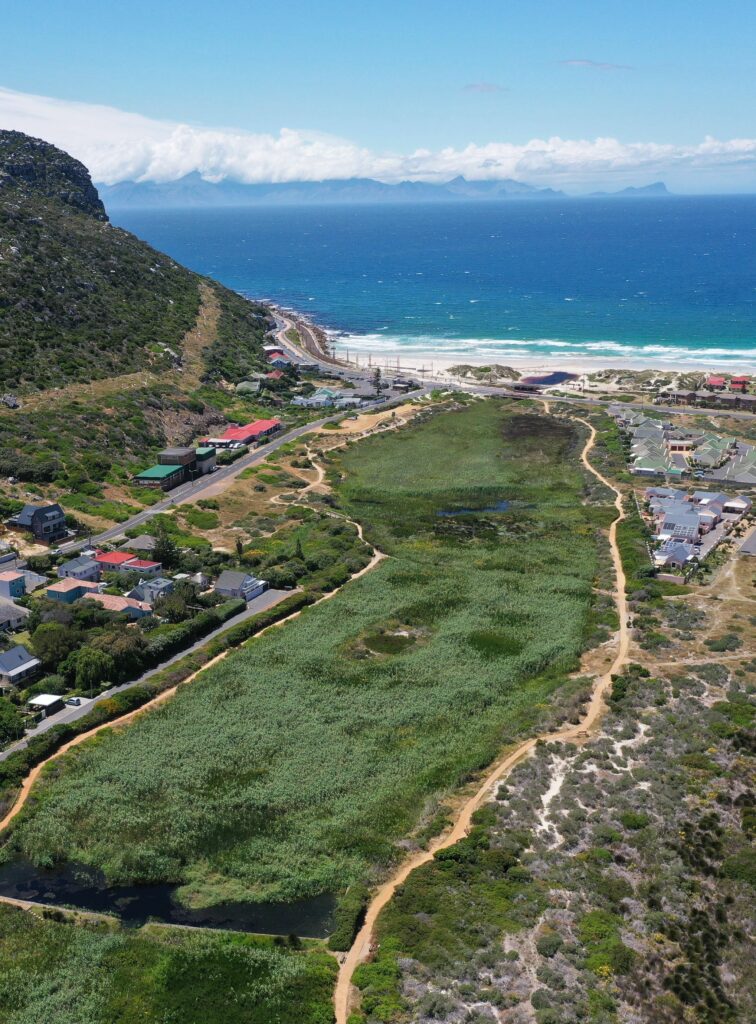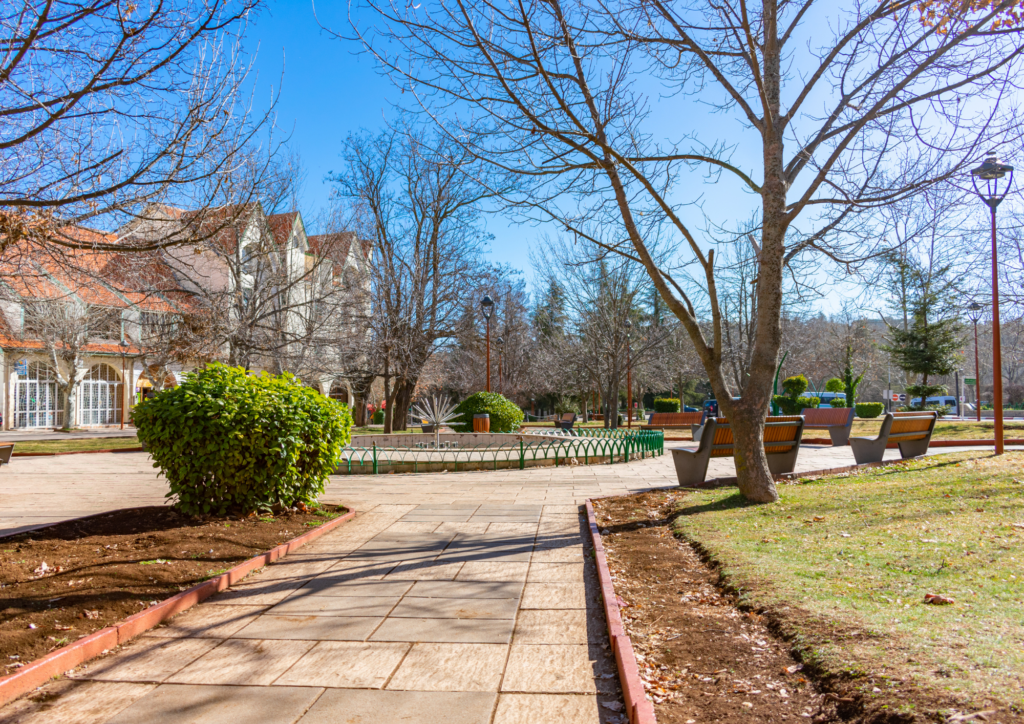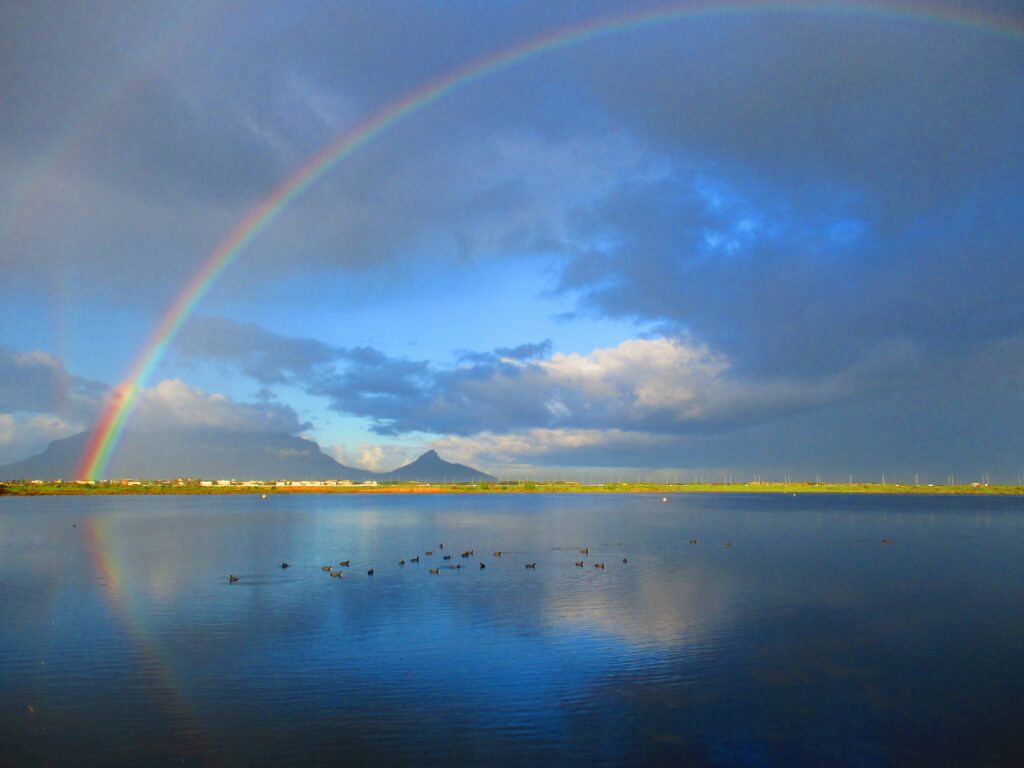World Wetlands Day is celebrated annually on 2 February, in commemoration of the initial signing of the Convention on Wetlands in 1971, in the Iranian city of Ramsar. This year, the theme is “It’s time for wetlands restoration” linking two important biodiversity components - wetlands protection and ecosystem restoration.



























